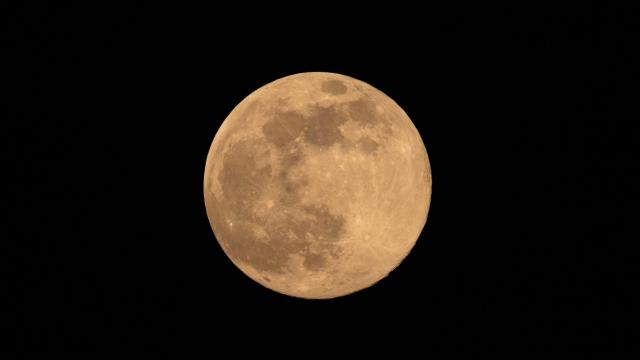If you’re an avid stargazer, June alone has been a crowded month in an otherwise busy year of celestial events. A solar eclipse, a planetary conjunction, and an asteroid careening within a reasonably close distance of the planet have added a nice bit of cosmic intrigue as the days get warmer and longer.
When it comes to supermoons, however, the book is soon to close on 2021, as the last supermoon of the year is poised to light up the sky later this week for three days, from June 24 to 26. Befitting the onset of summer and the general practice of giving moons nicknames, this particular moon is called the Strawberry Supermoon, though it sadly won’t be strawberry-hued.
How to see the Strawberry Supermoon
It’s either the last full moon of spring, or the first full moon of summer, depending upon your seasonal allegiances. According to the Farmer’s Almanac, this moon derives its names from a variety of Native American tribes, which associate this time of year with particular “June-bearing” fruit, such as strawberries (at least in certain parts of North America). Every 20 years, the Strawberry Moon coincides with Summer Solstice (or winter solstice), which is a nice cosmic coincidence.
There have been other names given to June’s full moon, reflective of the broader abundance of crops that are typically harvested as spring fades to summer.
As the Farmer’s Almanac notes:
Blooming Moon (Anishinaabe) is indicative of the flowering season, while Green Corn Moon (Cherokee) and Hoer Moon (Western Abenaki) suggest that it’s time to tend to young crops.
This moon does carry the “super” moniker, however it shouldn’t be quite as dramatic as April’s Pink Supermoon, which did the name justice. The concept of a “supermoon” is sort of a faux-scientific term, meant to gin up a certain amount of anticipation, but it technically only occurs when a moon is within 90% of perigee, which is the closest point to Earth within an orbit. Supermoons are a little brighter and bigger than normal moons.
At its closest point, the full moon appears about 17 per cent bigger and 30 per cent brighter than the faintest Moon of the year, which occurs when it’s farthest from Earth in its orbit.
The Strawberry Moon will be at perigee at 5:56 a.m. ET (7:56 pm AEST) on Wednesday, June 23, according to NASA. The space agency says the moon will then appear the next day on June 24 at 2:40 p.m. Eastern (4:40 am AEST, 25/6), lasting until Saturday.
The moon is relatively easy to see by just glancing toward the sky, but there are virtual resources at your disposal if you’d like to gaze at it via your computer screen or mobile device. The Virtual Telescope Project has a livestream of the moon rising above Rome, which is probably a more romantic vista than you’ll get from looking out your own window.

Leave a Reply
You must be logged in to post a comment.